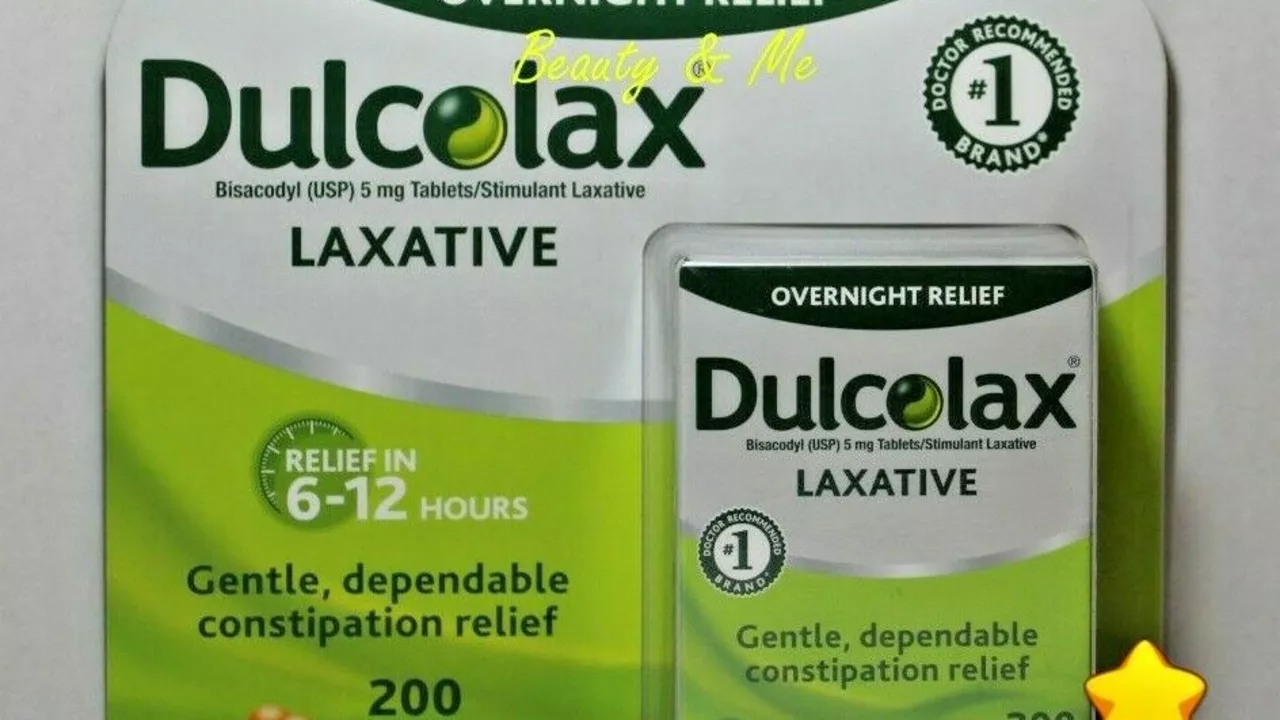Functional Constipation: Practical Help to Get Your Bowels Moving
Stuck for days and tired of straining? Functional constipation is common — your gut works too slowly or the muscles don’t coordinate right, but there’s usually no dangerous disease behind it. You can try simple, effective steps at home and know when you need medical tests or a prescription.
What causes it and how to spot it
Common triggers are low fiber in the diet, not drinking enough water, little movement, changes in routine, certain meds (painkillers, some antidepressants), and ignoring the urge to go. Some people have pelvic floor dysfunction — the muscles tighten instead of relaxing during a bowel movement.
Typical signs: hard stools, straining, feeling incomplete after a bowel move, or fewer than three bowel movements a week. The Rome IV criteria are used by doctors to diagnose functional constipation, but you don’t need to memorize that—focus on how long symptoms last and any alarm signs.
Practical fixes you can try today
1) Fiber smart: Aim for about 20–30 g fiber daily. Start slowly to avoid gas. Add soluble fiber first — oats, psyllium (a common product is psyllium husk) — which helps form softer, bulkier stools. Whole fruits, vegetables, beans, and whole grains help too.
2) Drink enough: 1.5–2 liters (about 6–8 cups) of fluids a day is a good goal for most adults. If you increase fiber, also increase fluids so fiber can do its job.
3) Move more: Even a 20–30 minute walk daily helps gut motility. Try to be active after meals — that stimulates the bowels.
4) Toilet routine and position: Sit on the toilet for 10–15 minutes about 20–30 minutes after a meal to use your natural gastrocolic reflex. Putting your feet on a small stool to mimic a squatting position can make bowel movements easier.
5) Over-the-counter options: Bulk-forming laxatives (psyllium) work well long-term. Osmotic laxatives like polyethylene glycol (PEG 3350) are effective for many people — common adult dose is about 17 g dissolved in water once daily, but check the package or ask a pharmacist. Stimulant laxatives (senna, bisacodyl) help short-term but aren’t ideal for daily long-term use without medical advice. Stool softeners like docusate often don’t help much on their own.
6) When to get extra help: If you have blood in stool, unexplained weight loss, severe pain, sudden change in bowel habits after age 50, or failure of simple treatments, see a doctor. They may order blood tests, imaging, or a colonoscopy depending on red flags, and can refer you for pelvic floor physical therapy or prescribe medications such as lubiprostone or linaclotide for resistant cases.
Small changes often create big results. Try a step at a time — more fiber, more fluids, a short walk, and a better toilet routine — and check with your doctor if things don’t improve or if you notice worrying symptoms.

